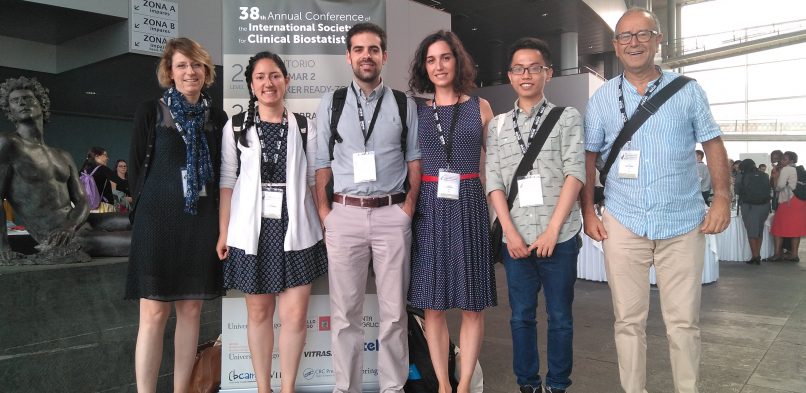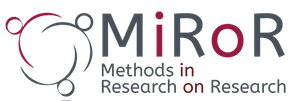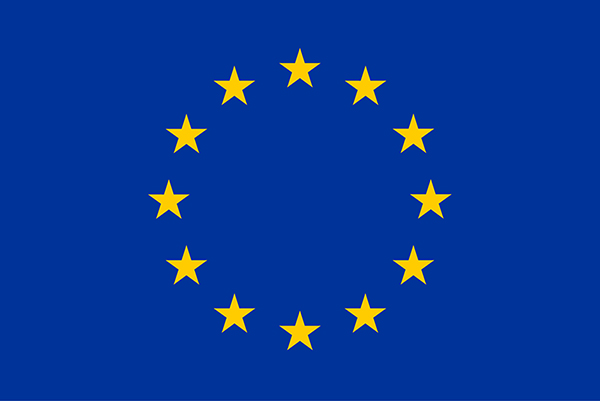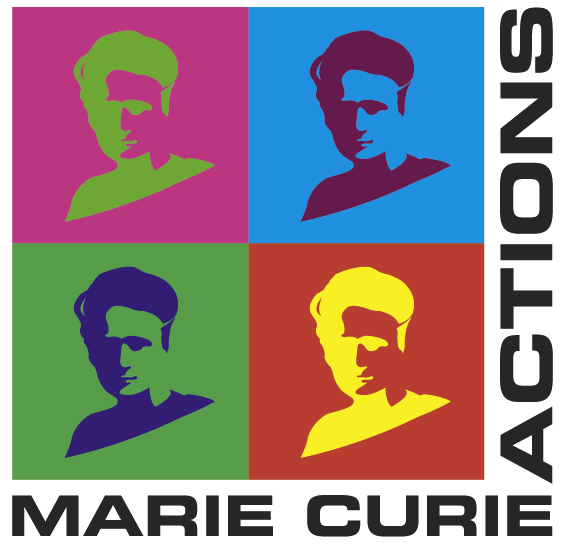MiRoR at the ISCB conference: a bridge between biostatistics and Research on Research
MiRoR at the ISCB conference: a bridge between biostatistics and Research on Research
27 October 2017 Comments Off on MiRoR at the ISCB conference: a bridge between biostatistics and Research on Researchby David Blanco
Three of the MiRoR fellows had the opportunity to present their research project at the International Society for Clinical Biostatistic Conference (ISCB) held in Vigo this summer. For David Blanco, a research fellow at the Universitat Politècnica de Catalunya – Barcelona Tech (Spain), it was an enriching experience.
Every year, the Annual Conference of the International Society for Clinical Biostatistics (ISCB) is a major event for all biostatisticians in the world. The 38th edition was held in July 2017 in Vigo, a maritime, welcoming city in the north-west of Spain. Several members of the MiRoR network attended the conference. With their contributions, they built a bridge between biostatistics and the emerging field of research on research.
On the first day of conference, three main names of the MiRoR network led a stimulating Invited Session on Methods in Research on Research, where some of the most relevant areas of this field were covered. Firstly, Isabelle Boutron analysed the main limitations of the current peer review system and highlighted the need to have an evidence-based approach to improve it. Secondly, John Ioannidis discussed the strengths and limitations of meta-epidemiological assessments, providing ideas on how to improve them. Finally, Patrick Bossuyt introduced the concept of spin, described different categories where spin can be grouped, and presented strategies to reduce spin in health research.
During the four days of conference, a number of MiRoR fellows presented the progress of their work. I, David Blanco, presented a poster in the first poster session. The conference organizers took several actions to put these kinds of contributions in a prominent place of the event. First, the poster authors were encouraged to prepare a short video summarizing the content of the poster that could be watched on the conference app. Second, the posters were presented orally at the corresponding session, giving the audience time to ask questions. From my perspective, these initiatives made the poster sessions especially attractive, dynamic, and meaningful. Two other MiRoR fellows, Camila Olarte and Tat-Thang Vo presented their research project. Camila is investigating novel statistical techniques that account for varying lengths of kidney dialysis in order to make a fair comparison between performing dialysis and transplantation or only transplantation. Thang is developing novel meta-analysis approaches for randomized clinical trials, which use individual patient data from all trials to infer the treatment effect for the patient population in a given trial.
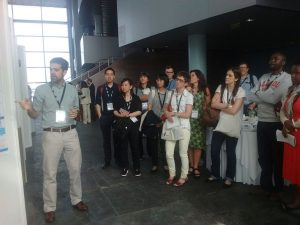 The Students’ day took place on the last day of conference. Instead of using this session to present research results, students were encouraged to share their personal experiences about doing biostatistical research and how they dealt with pitfalls that came up in the research process. Apart from the students’ presentations and the time for discussion, three experienced speakers were invited to give advice on what strategies may be followed for a successful career in biostatistical research. In my oral presentation, I introduced the MiRoR project and its aims, while I reflected on the importance of improving the quality of reporting in health research studies in order to improve reproducibility and therefore reduce waste.
The Students’ day took place on the last day of conference. Instead of using this session to present research results, students were encouraged to share their personal experiences about doing biostatistical research and how they dealt with pitfalls that came up in the research process. Apart from the students’ presentations and the time for discussion, three experienced speakers were invited to give advice on what strategies may be followed for a successful career in biostatistical research. In my oral presentation, I introduced the MiRoR project and its aims, while I reflected on the importance of improving the quality of reporting in health research studies in order to improve reproducibility and therefore reduce waste.
The format of the 38th Annual Conference of the ISCB, the high research level of the participants, as well as the wonderful environment made this event extraordinary and unforgettable.
